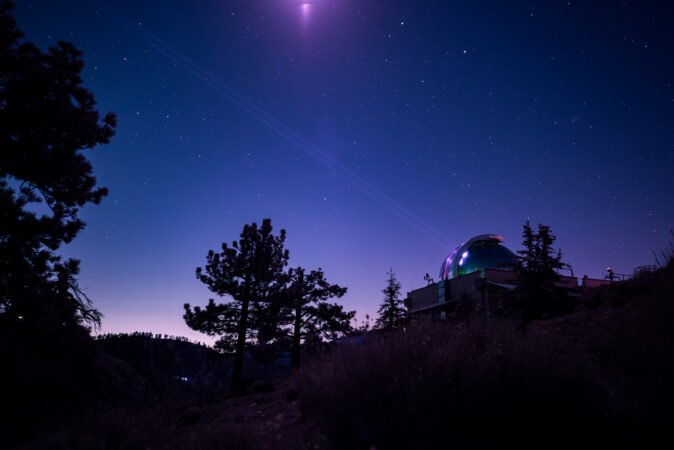Summary Points
-
Technical Milestones Achieved: NASA’s Deep Space Optical Communications project exceeded all its technical goals, establishing a foundation for high-speed communications essential for future Mars missions.
-
Record-Breaking Data Transmission: A laser signal was successfully transmitted and received over 218 million miles, including streaming ultra-high-definition video at 267 megabits per second from 19 million miles away.
-
Operational Challenges Overcome: The project team managed to navigate various challenges, such as weather disruptions and wildfires, while continuously improving performance and capabilities for deep space communications.
-
Future Missions Supported: This advancement in laser communication technology is crucial for upcoming explorations, enabling astronauts on the Moon and Mars to send high-resolution images and data back to Earth more efficiently.
NASA’s Deep Space Communications Demo Exceeds Project Expectations
NASA’s recent Deep Space Optical Communications technology has remarkably surpassed its initial goals, signaling a new era for high-speed communications in space. This technology sets the groundwork for future human missions to Mars.
Launched with the Psyche mission in 2023, the demonstration has successfully transmitted and decoded data over vast distances. After nearly two years, the technology completed its 65th and final pass, sending a laser signal across 218 million miles to Psyche and receiving the response.
“NASA is setting America on the path to Mars,” said the acting NASA Administrator. Advancements in laser communications will enable high-definition video streaming and faster data delivery from Mars’ surface. This leap in technology opens doors not only for exploration but also for scientific discovery.
Just a month post-launch, the demonstration established a link with the optical terminal aboard Psyche, sending signals back to Earth. NASA tests technologies in the harshness of space to unveil their limits. Over two years, this initiative generated data rates comparable to standard household broadband.
On Dec. 11, 2023, the team achieved a milestone by streaming ultra-high-definition video from 19 million miles away, hitting a staggering bitrate of 267 megabits per second. Additionally, the project surpassed optical communication distance records on Dec. 3, 2024, by transferring data from 307 million miles, exceeding the average distance between Earth and Mars. In total, the experiment downlinked 13.6 terabits of data.
The endeavor, managed by NASA’s Jet Propulsion Laboratory in Southern California, involved a laser transceiver on Psyche and two ground stations. A powerful 3-kilowatt uplink laser at JPL transmitted a beacon to assist your aim back to Earth.
Given the significant distances involved, the laser signals can take minutes to travel. The precise pointing required for successful communication demonstrated optical capabilities for future missions across the solar system.
The project also highlighted its achievements in detecting faint signals after millions of miles. The Palomar Observatory hosted a 200-inch telescope, crucial for collecting the faint photons needed for data transmission.
Despite various challenges like weather disruptions and wildfires, the project team maintained their commitment to weekly data transmissions. Continuous improvements contributed to the success of this pioneering technology.
Furthermore, hybrid antennas recently tested at the Deep Space Network seamlessly received both radio frequency and optical signals. This innovative approach enhances data redundancy and signal strength.
“As space exploration continues to evolve, our data transfer needs grow,” said a NASA official. Future astronauts will require high-resolution images and data from the Moon and Mars swiftly returned to Earth. Combining traditional radio frequency methods with optical communications will ensure NASA meets these new challenges.
This demonstration represents a significant achievement in NASA’s Technology Demonstration Missions Program. As communication technology advances, it promises to transform how we explore and understand our solar system. For additional information about the laser communications demo, visit NASA’s dedicated page.
Expand Your Tech Knowledge
Learn how the Internet of Things (IoT) is transforming everyday life.
Access comprehensive resources on technology by visiting Wikipedia.
SciV1

